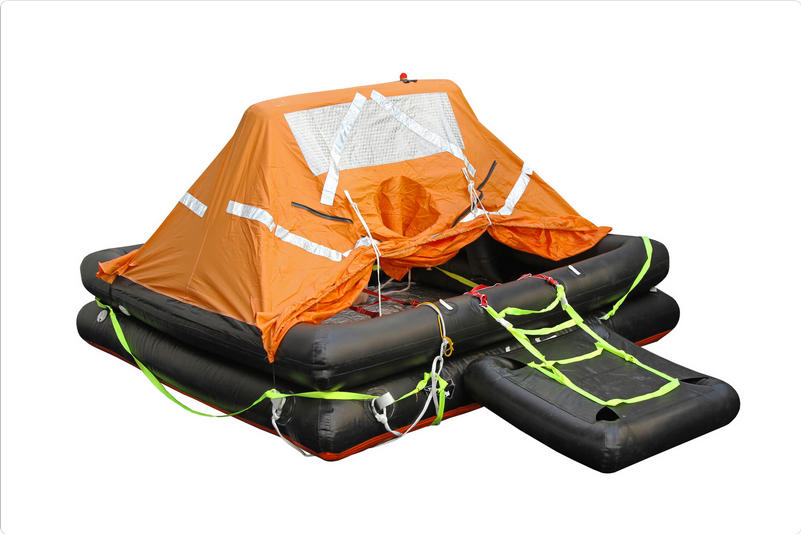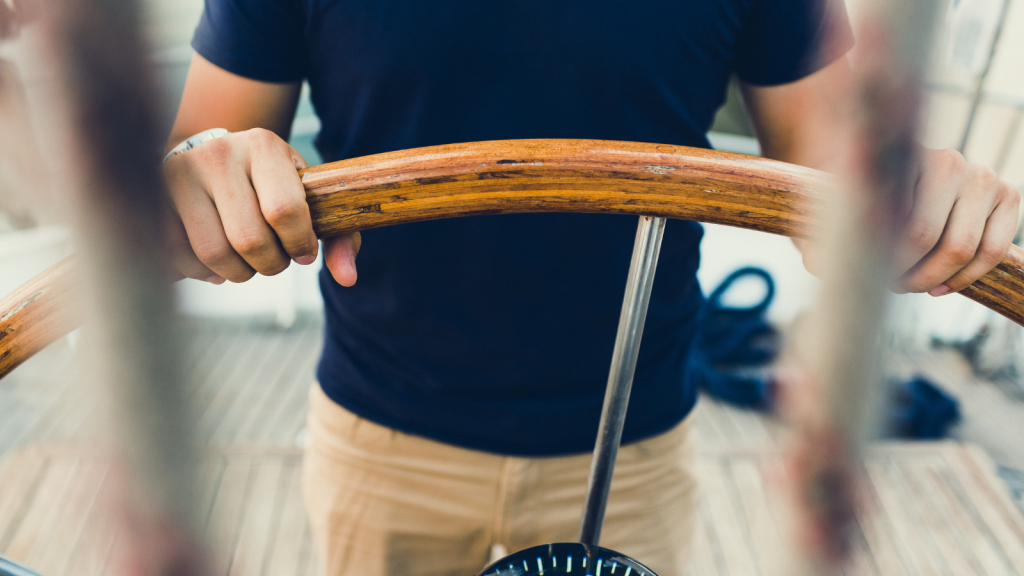Summer has finally arrived this year too: the sun is shining on our tourist port in Genoa. And while it’s true that activity on the docks of our marina in Genoa’s historic center never ceases, and that even in winter there’s movement among our berths, it’s certainly true that now, starting from April, the moorings are coming back to life. Temperatures are rising, days are getting longer, and more and more sailors are contacting us to book berths in Genoa, in anticipation of short weekend outings or longer cruises in Mediterranean waters. Indeed, for many sailors, these are the days of the end of winter storage: after months of inactivity, boats – many of which have spent the cold season on dry land – are being put back in the water, ready to set sail again. But be careful, before actually resuming navigation, each of these vessels, small or large, sailing or motor-powered, must be thoroughly checked to ensure safe and comfortable navigation. Today, we want to propose a list of aspects to check in spring, before putting the boat back in the water. Here’s our checklist!

- Antifouling: Among the essential things to check before putting the boat back in the water in spring is obviously the hull. The boater must ensure that there are no damages or dents to the hull or its appendages – perhaps due to the support in the storage stalls – and then dedicate time to fairing and applying antifouling, in order to protect the hull and keep it as smooth as possible.
- Engine: Whether inboard, stern drive, or outboard, in all cases the engine must be thoroughly checked before starting the new boating season, especially if it has indeed been idle for months. The classic overhaul includes changing the oil, replacing or possibly cleaning the filters, checking the belt, the exhaust pipe, as well as the cooling system. This way, unpleasant surprises in the following months can be reduced.
- Safety equipment: All too often, the boat’s safety equipment remains forgotten in some locker, relying on the thought that “it’s enough to have them”. But there is safety equipment that needs to be checked over time, others that have an expiration date, and still others that need to be regularly inspected. That’s not all: it would also be good to spend some time organizing these devices so that they are easily accessible in case of emergency.

- Bilge pump: The bilge pump is a mandatory device for any hull that moves away from the coast. Whether manual, electric, or automatic, it’s important to make sure that the pump works well, checking that the filter is clean and that any sensor activates when needed, i.e., in the presence of water.
- Electrical system: Before putting the boat back in the water in spring, it’s good to remember the electrical system, starting with checking the batteries. Have they been disconnected all winter? Then it’s good to reconnect and recharge them, but not before cleaning and greasing the terminals. Afterwards, before leaving the berth, it will be good to ensure that every utility is functioning.
- Freshwater tank: For the shower, for the use of the marine toilet, and so on, all boats of more than minimal size have a freshwater tank on board, whether small or large. After the long winter storage, it’s good to check these containers, as well as all the elements connected to them, from filters to the pressure pump, using specific products for their internal cleaning, so as to be able to count on wholesome freshwater.
- Ropes: The wise boater knows that ropes should be checked before winter storage, or that they should be removed from the boat and carefully checked during the cold months. Hasn’t this been done? Then the advice is to clean the ropes with freshwater and brush them to remove accumulated dirt and to be able to check them closely, so as to easily identify signs of wear.
- Interiors: Boats that have real interiors present some extra work in spring. It is necessary to air out, clean, and dedicate time to any textiles left on board during the winter.

- Documents: Those who own a boat inevitably have to deal with a certain number of bureaucratic tasks, that is, with a considerable amount of documents. Before setting sail again in spring, it is therefore good to check that everything is in order, including insurance, navigation license, safety certificate, VHF license and certificate, and so on.
- Seacocks: Certainly, before leaving your berth, it is mandatory to take a look at the seacocks, checking that they are in good shape, and that the valves are not rusted or, worse still, cracked. This way, you can decide whether to proceed with their maintenance, with elbow grease and marine grease, or with their replacement.
- Tender: The tender is obviously a separate unit, and therefore much of what has been said for the boat that hosts it applies to it as well. It’s good to take a look at its small outboard engine, inflate its tubes to check their seal and to take a look at the hull, do a general cleaning, and so on.

12. Rigging and sails: Sailors, before putting the boat back in the water in spring, have to face a few more tasks. It’s good to take a look at the mast, looking for example for any signs of oxidation, and to test the health of the rivets; it’s then necessary to pay attention to the rigging, taking a look at the cables, stays, shrouds, spreaders, to verify that everything is in order, that there are no signs of wear or cracks, and that the cables are at the right tension. And then there are obviously the sails: first, it’s good to verify the health of their seams, then it’s advisable to hoist them to verify that everything is indeed in line.


